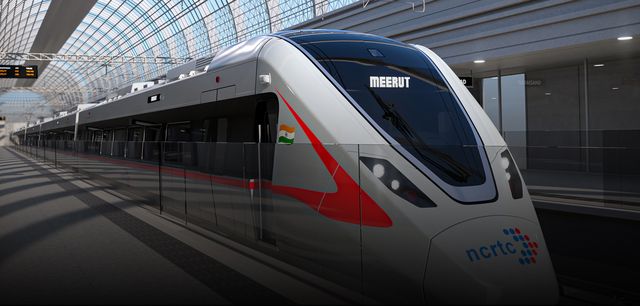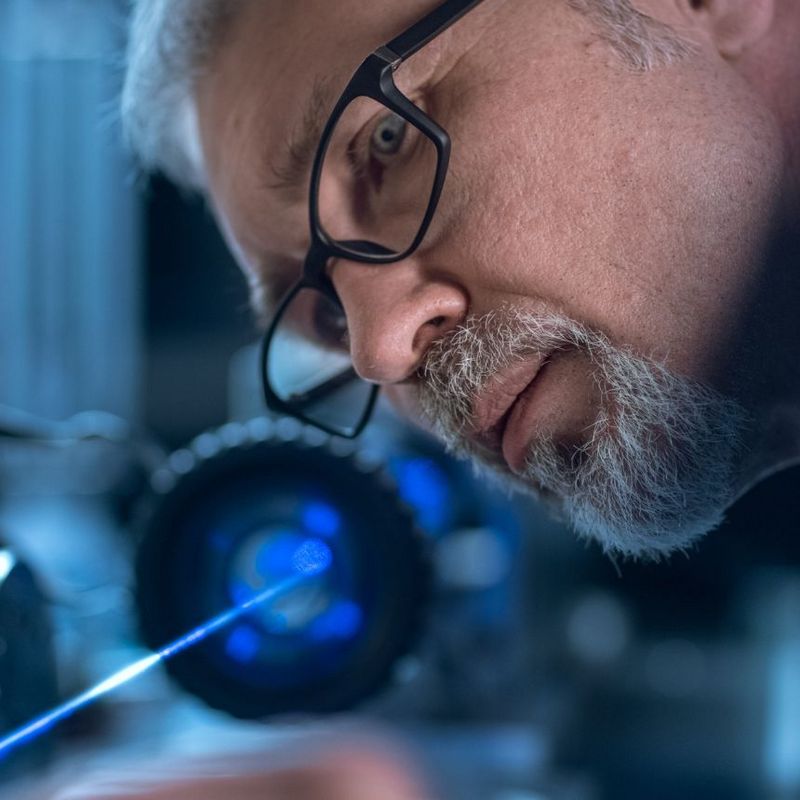22 September 2022
India has the fifth largest rail network in the world – albeit with only about twice as many kilometres of track as Germany, which is nine times smaller. But the Indian rail network continues to grow. From next year, regional rapid train units (RRTS) will be taking to the tracks in the south Asian country for the first time. The safety of these trains has been tested by TÜV India.
India's fastest train has been taking passengers from Delhi to the Taj Mahal in Agra and back since 2016. But the Gatimaan Express will soon no longer be on its own. From next year, the new RRTS will see trains connecting the capital with the megacities of Ghaziabad and Meerut. Like the Gatimaan Express, they will be capable of a maximum speed of 160 km/h – over a specially built route with a total length of 82 kilometres. And, according to the announcement by Deutsche Bahn International Operations (IO), they will in this way reduce the travel time between Delhi and Meerut by around 70 percent. For the next twelve years, the company will be responsible for the operation and maintenance of the country’s first regional rapid train system. The safety of the 30 RRTS and ten local trains (MRTS) was previously tested in advance by railway specialists from TÜV India.
All electronics on the test rig
The team around project manager Jayesh Patel has a great deal of experience with functional safety in railway vehicles. But testing RRTS of this kind was new for these experts too. “No electronic system can be allowed to interfere with another during operation, and establishing that this is the case is the main task of our testing,” explains Jayesh Patel. The team was accordingly primarily concerned with the train controls, emergency brakes, hardware and software, door controls, fire protection and the interface between the train and the railway signals. Now that the safety specialists have given their blessing, the first train units have been handed over to the National Capital Region Transport Corporation (NCRTC). This joint venture of the Indian government and some of the states bordering the capital has been commissioned with the implementation of the RRTS throughout the region around the capital. The overarching goal is to bring about balanced and sustainable urban development through improved transport connections. After all, the Delhi metropolitan region, with more than 32 million inhabitants, is one of the largest in the world. And it is expected to be the most populous region on Earth by 2030.
About
Jayesh Patal, Project Manager at TÜV India for the Rapid Train Project.
800,000 travellers per day
The equivalent of around 39 billion euro will be invested in this major project, which, once fully commissioned, is expected to carry more than 800,000 people per day. The forecasts suggest that it will at the same time increase the proportion of public transport users in the region by up to 26 percent. This will be a great relief for the climate, road traffic and the health of the local residents in New Delhi, which is chronically blighted by smog. When the first RRTS takes to the tracks in spring 2023, project manager Jayesh Patel from Chennai in the southeast of the country will also travel to Delhi, 2,000 kilometres away. “It makes me proud to be involved in this prestigious project."
About
Sathish Kular Loganatahn (left) and Venkatesh Moode (right) are part of the team of railway specialists from TÜV India who conducted the Independent Safety Assessmant (ISA) for the Regional Rapid Train System.





